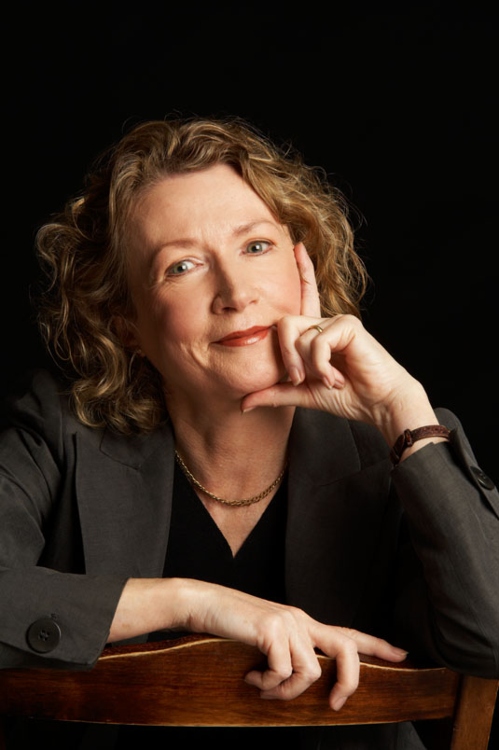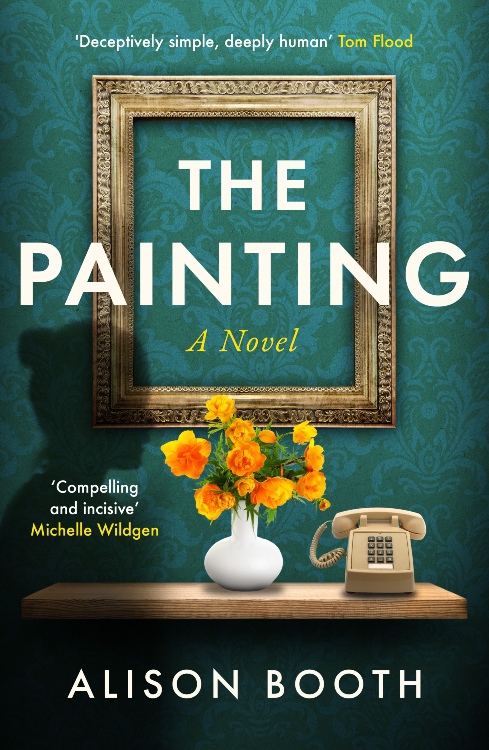
For my first seven years, my parents, sister and I lived with my maternal grandparents, and our family bonds were strong. We were also connected by our love of art: I still have some of my parents’ and grandparents’ paintings hanging on our walls. Pictures that are not only beautiful to look at but also symbols of our shared love.
Although my parents began their marriage living in Melbourne, when I was very young we moved to Sydney to stay with my maternal grandparents. They lived in a California bungalow style house that probably dated back to the 1920s. In the back garden was a dilapidated tennis court, a wonderful playground for my sister and myself.
At that time my father worked an evening shift at a Sydney newspaper, which gave him enough time to build, with his own hands, our house – his long-held ambition – on Sydney’s North Shore.
My grandparents were both keen on art. One of their very good friends was a successful Sydney artist, and their house was filled with his oil paintings – landscapes and still-life flowers – and I have no idea if my grandparents bought these works or if they were given to them by the artist. He certainly seemed to visit frequently for afternoon tea and seemed to get on particularly well with my grandmother. Indeed, at one stage in my teens, when I was looking for stories everywhere, I wondered if he was in love with her, but now I think it more likely that he was gay.
My grandparents and my parents were deeply fond of the Australian landscape. My grandparents certainly travelled about in it a lot, owing to my grandfather’s work as a stock-and-station agent, and I can see why those landscape paintings appealed to them so much.
I felt very secure and loved during those years. Although my sister and I were excited when our father finally finished our new house and we moved away from my grandparents – how they must have heaved a sigh of relief, one of my daughters commented! – I was also sad to leave the security of the extended family.
Some of the paintings that I was later given by my grandparents travelled with me when I went to live and work in the UK. So too did my mother’s delicate water colours and the Lister Lister painting that my mother gave me – a wedding gift to my parents on their marriage, and which is still hanging in our hallway. While I adore all these paintings, not least because of the memories encapsulated in them, my own taste is much more in the abstract expressionist line, as reflected in the Aboriginal paintings that I’ve bought over the last twenty years. As you might guess, our house is rather full of paintings!
Perhaps, given my background, it is not surprising that I’ve written a new novel, about three generations and an art collection. However, the story in The Painting is far from the reality of my own life. That is what writing fiction is about: making up stories, making choices that sometimes do and sometimes do not reflect the writer’s own experiences.
In The Painting, Hungary’s war-torn history contrasts starkly with Australia's bright new world of opportunity, as a young Hungarian woman confronts her family’s past in a quest for a stolen painting. Both mystery and love story, The Painting’s underlying themes include love and loss, doubt and distrust. And because hope is so important to us all, the reader will also find - threaded through the arc of the main character’s story - the twin themes of redemption and regeneration.

The Painting by Alison Booth is available now.
MORE FROM BOOKS: Seven things I'd like my readers to know about me, by Stephanie Butland

